Our 2021 Seedling Tree Sale has finally arrived! Additional information on this year’s selection and details on ordering can be found on our website.
Join us weekly as we highlight this year’s available tree species.
Oaks
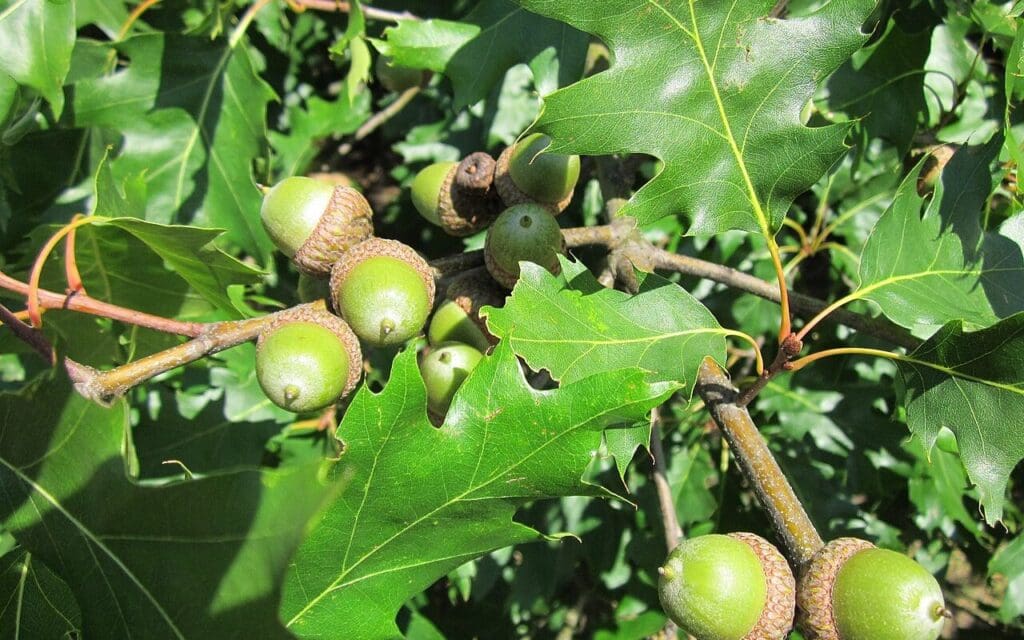
This week we introduce a group of trees that you are no doubt familiar with. However, you may not fully recognize the multitude of benefits they provide to you, me, and the greater ecosystem. Today we salute the king of all trees, OAKS!
From plank flooring and kitchen cabinetry, to whisky barrels and railroad ties, the long lasting and durable properties of oak make it one of the most useful and coveted building materials of all time. It turns out oaks offer just as much in terms of ecosystem services within their dwelling habitats, potentially making them a great choice for your home landscape.
Let’s take a closer look at three oak species in particular: white oak, swamp white oak, and red oak. All three are available in our 2021 Tree Sale. And because they each have different planting requirements, it is possible that one could be a welcomed addition to your yard.
Planting Requirements
Red Oak – Also known as Northern Red Oak, Quercus rubra prefers moist, deep, rich, well-drained soils of slightly acidic pH and full to partial sun. However, it will readily adapt to dry soils and a variety of pH levels.
White Oak – Quercus alba prefers full sunlight (but will tolerate shade as a sapling) and deep, well drained, acidic to neutral soils. The species is adaptable in dry to average soils.
Swamp White Oak – Unlike the two species above, Quercus bicolor is a bottomland species, preferring rich, moist to wet, poorly drained acidic soils and full to partial sun. It adapts well to dry and average soils that are neutral to slightly alkaline in pH.
Mature Size
No matter the species, oaks require space. All three types will grow 50-70 feet high and nearly as wide when grown in the open under typical urban landscape conditions.
Red oaks have a faster growth rate than many oak species, gaining over 24” per year in height under ideal conditions. Swamp white oak and white oak grow at a slower rate, gaining 12” to 24” inches per year.
All are long-lived and can reach heights and widths of 100’ when grown in the wild. Ensure you take their mature size into account when considering adding an oak to your home landscape.
Wildlife Benefits
There are few native trees that can even begin to match the wildlife benefits offered by oaks! Let’s take a closer look at a few characteristics that make these trees true providers:
Oak seed, commonly referred to as acorns, are a popular food source for wildlife, and are gathered, eaten, and stored by rodents, birds, and deer. They are a great source of nutrients and are especially high in protein. The storage life of acorns is short, and they typically must be consumed in the winter following their collection. Those stashed in the right conditions by an absentminded blue jay or squirrel will sprout in the spring, starting a new generation of oak.
As oaks mature, they will develop an abundance of nooks, crannies, and hollowed-out places that provide shelter, protection, and nesting real estate for many woodland critters.
Oaks are host to over 500 different species of moth & butterfly caterpillars – more than any other native tree genus. Other than providing a huge boost to biodiversity, why is this important? More than 90% of our songbirds depend on these soft, wiggly packets of protein to rear their young. Did you know it takes 6,000-9,000 caterpillars each season to raise a brood of 5 chickadees? Oaks offer the ultimate buffet, playing a keystone role in the ecosystem.
Phenology
Though oaks are not typically regarded for their flowers, like other hardwoods they are flowering plants. Oak flowers are wind pollinated and emerge in mid-spring, with male catkins (pollen coated, dangling appendages) and female flowers (usually golden in color) occurring on the same tree.
Trees follow this display with moderately shiny green leaves. The underside of white oak and swamp white oak leaves is white to whitish-green.
Acorns typically ripen in early to mid-autumn, with red oak acorns ripening earlier than most native oak species, as early as mid-summer.
Red oaks are named for their brick-red fall foliage. White oaks also produce notable autumn colors, with showy shades ranging from reddish-brown to reddish-purple.
Celebrity Sighting
If you have never made the trip, I highly advise you pay a visit to Logan’s Great White Oak. This magnificent giant is estimated to be over 500 years old.
The Mayflower reaching American in 1620, the U.S. Constitution signing of 1787, the invention of the electric light in 1879…this tree has been around for it all!
Located in a Logan, Ohio cemetery, it is hard to do this oak justice with photographs or videos and is well worth the excursion.
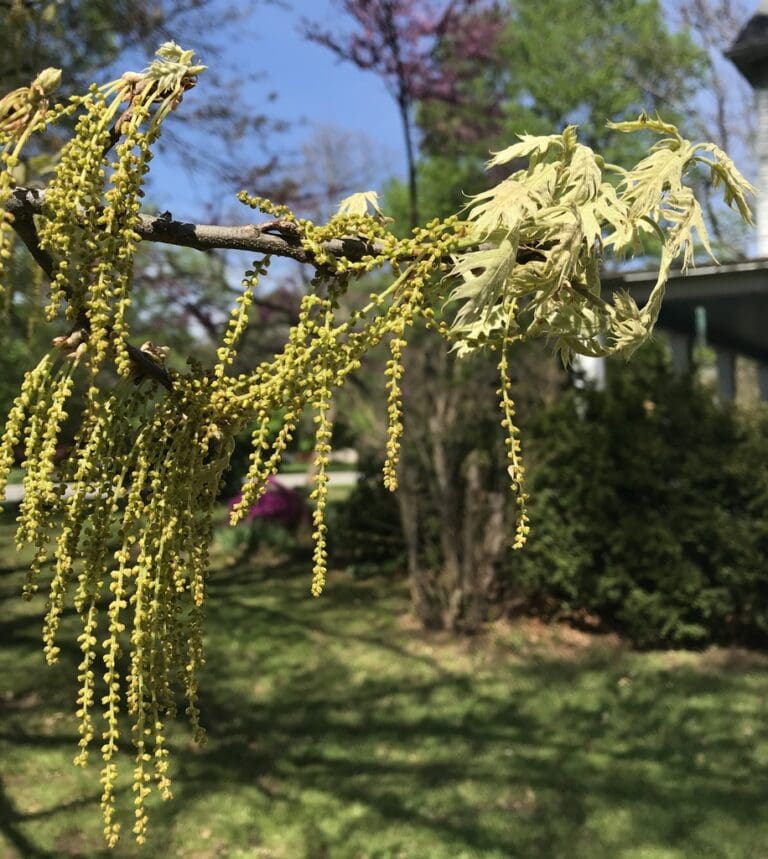

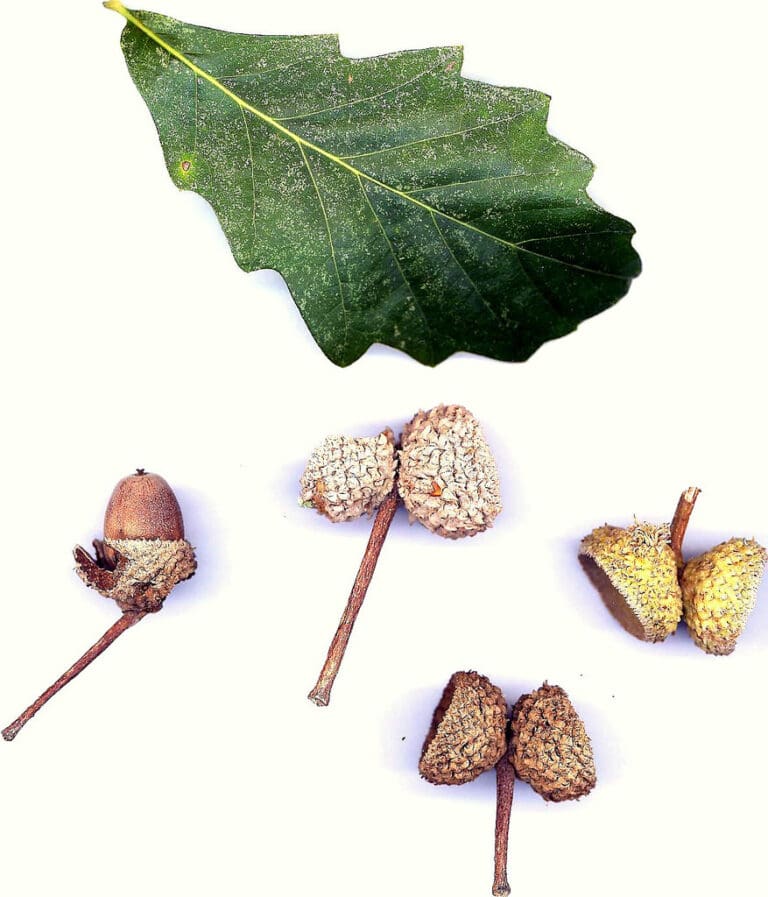
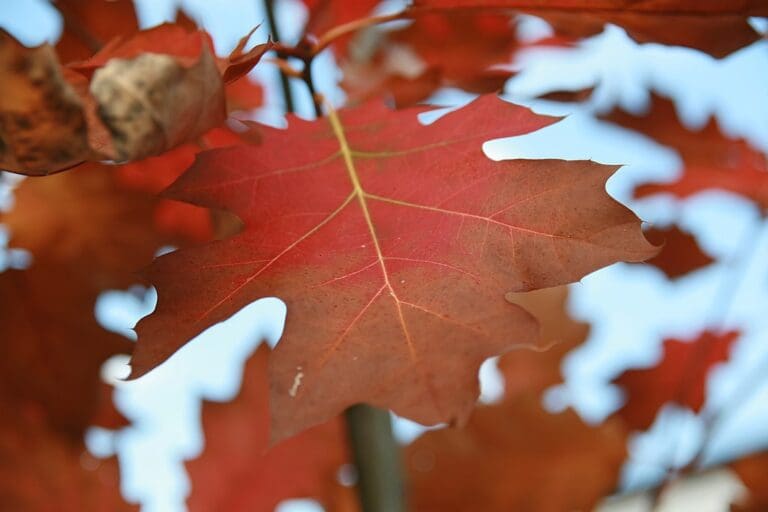
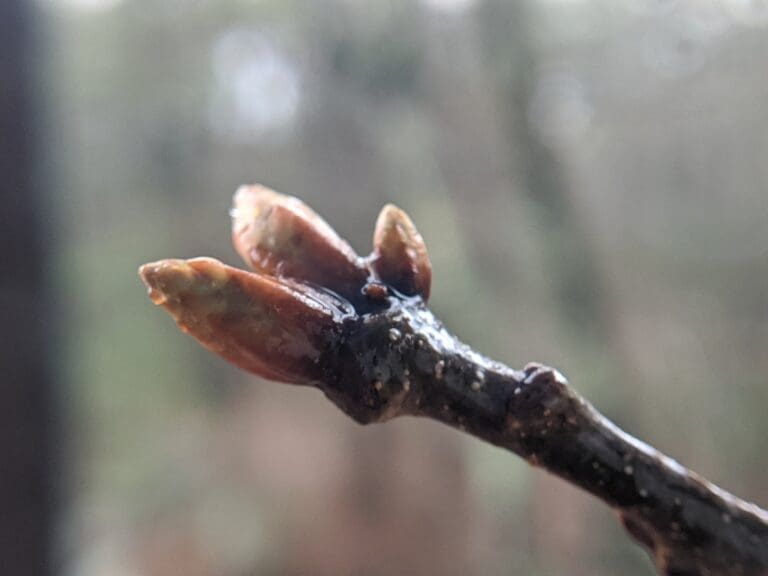

Visit Fairfield SWCD to order your White, Red, or Swamp White Oak tree seedlings today! Seedlings can be purchased in sets of 5, 25, or 100 while supplies last.
Purchased trees from us in the past? If so, enter our Facebook “Show us your Trees” contest! Visit our Facebook Page for details.
Additional information can be found below:
Sigrid Neilsen’s Oaks of the Greater Midwest
ODNR’s Trees of Ohio Field Guide
National Tree Benefits Calculator
South Central Power: Plant the Right Tree in the Right Place
